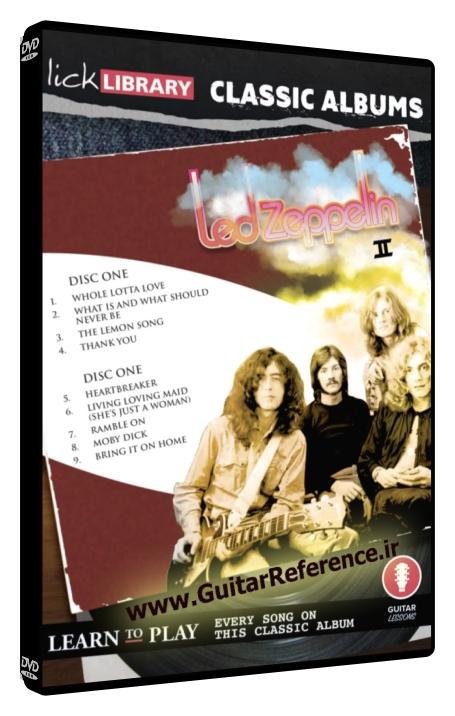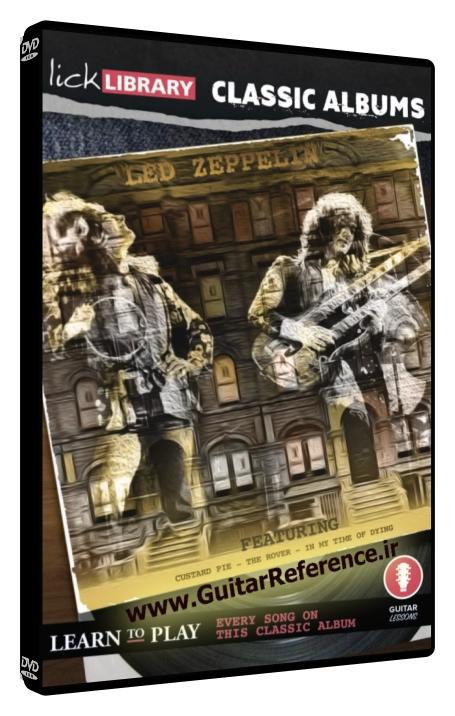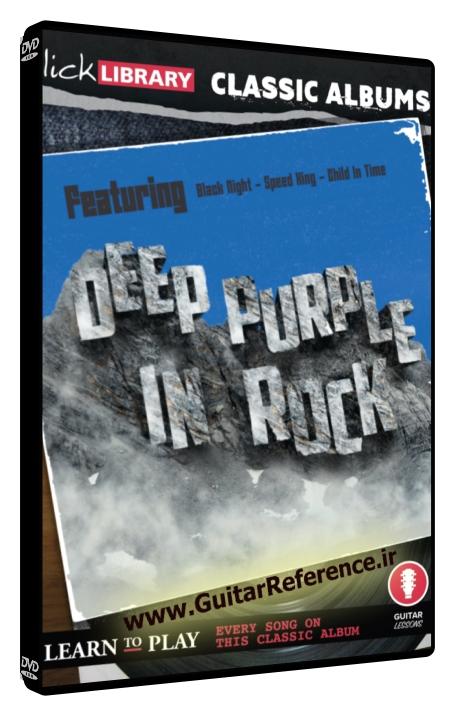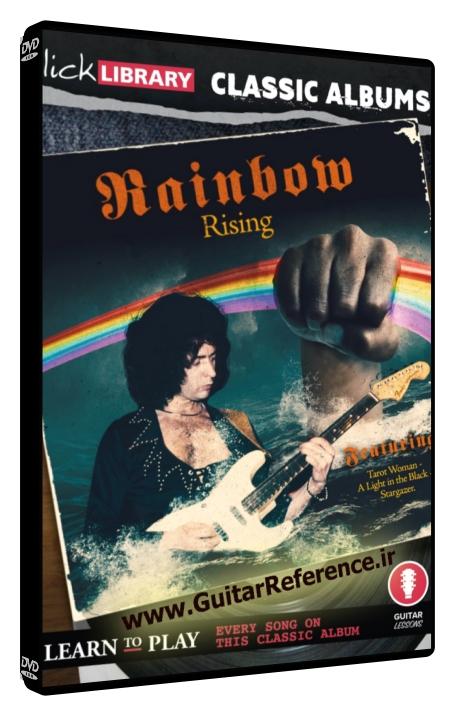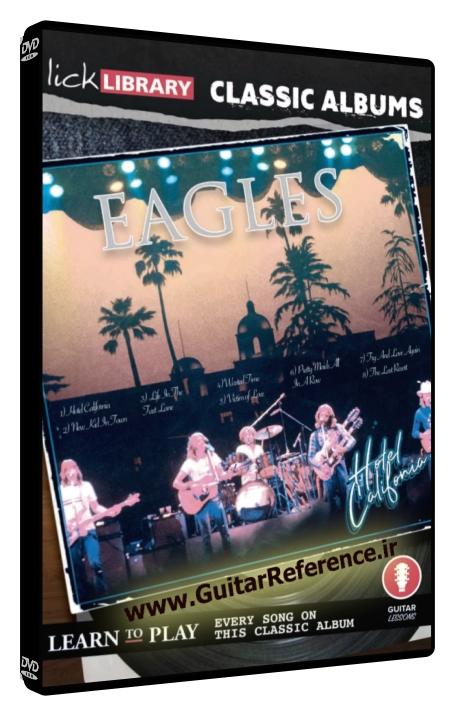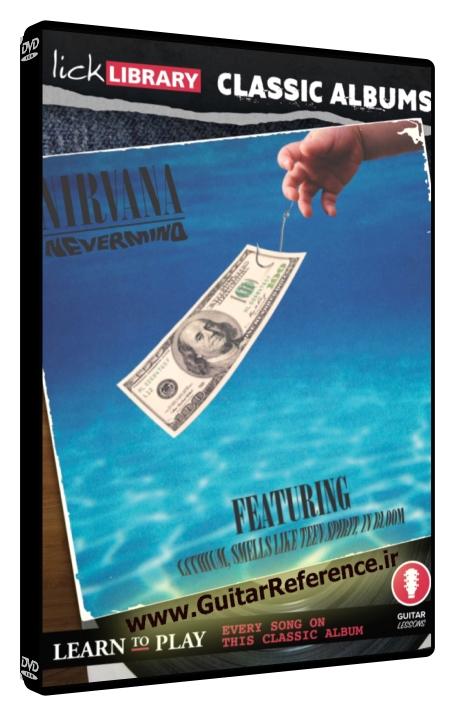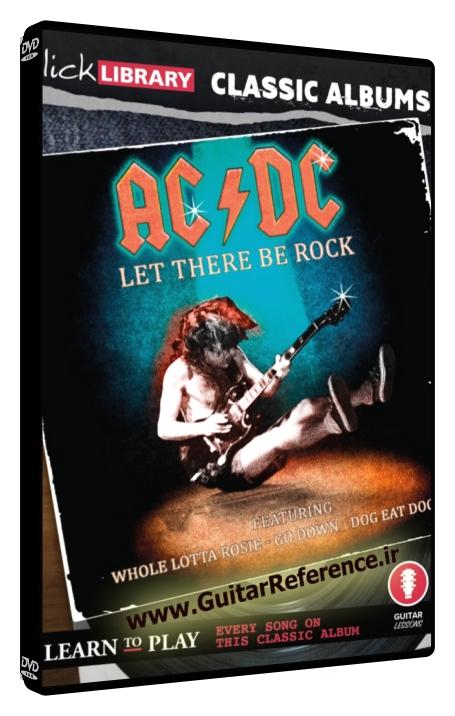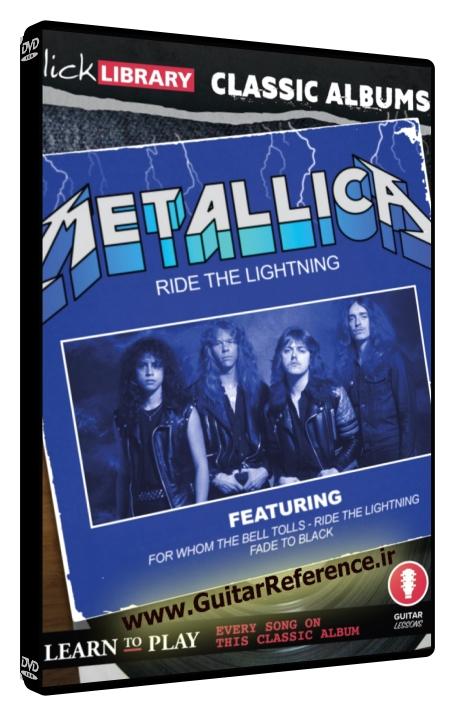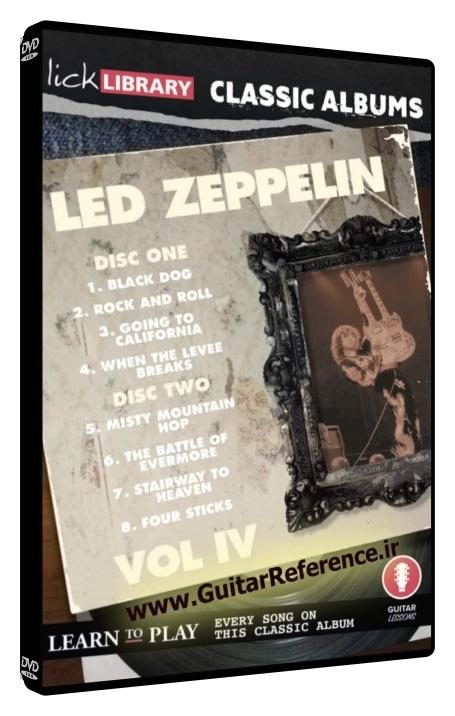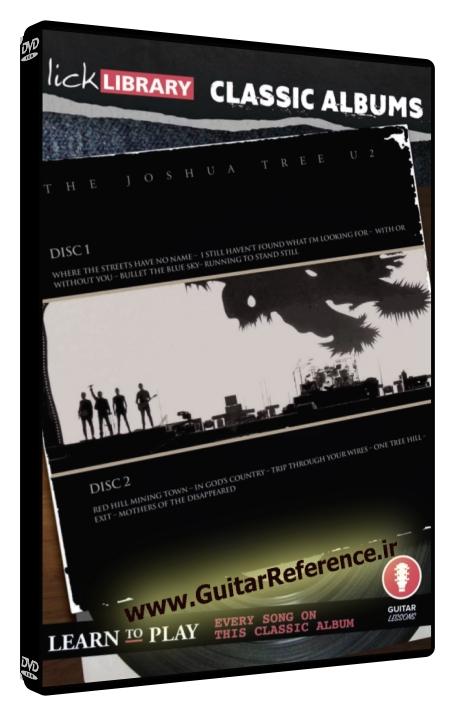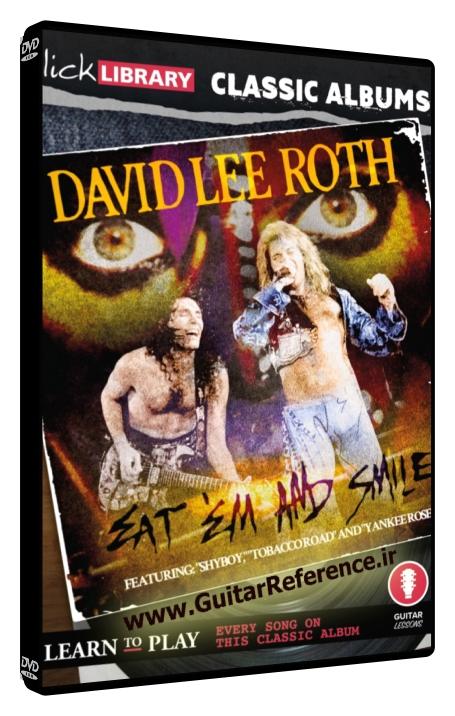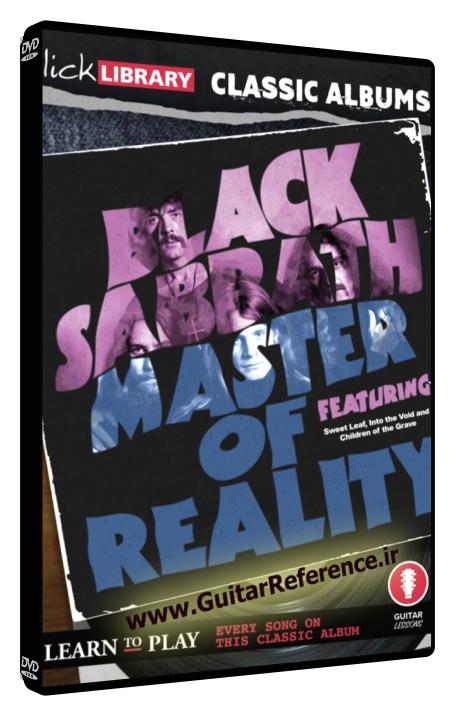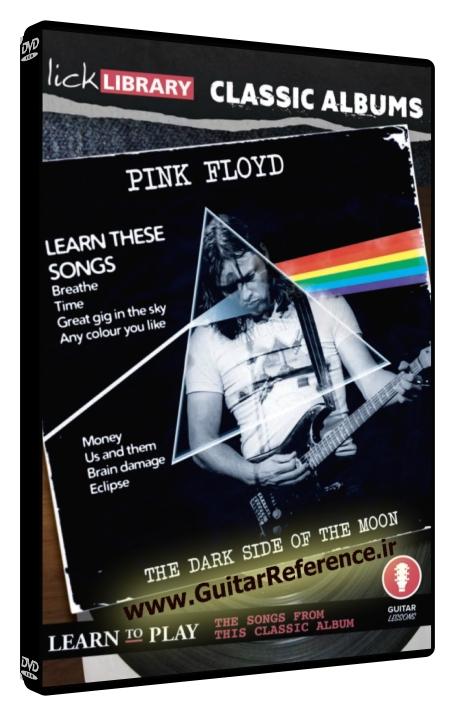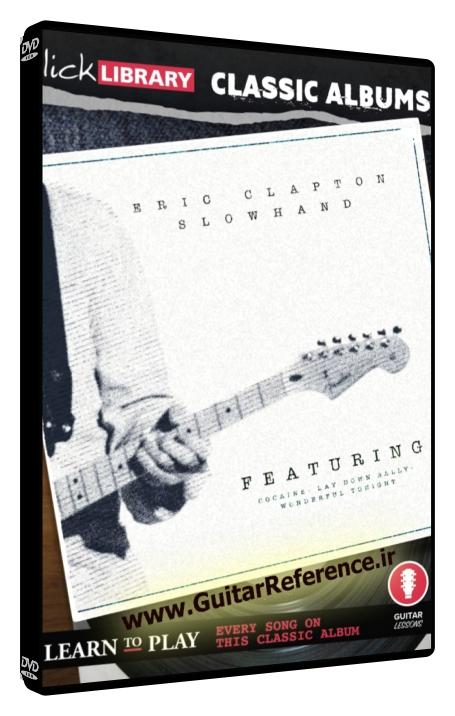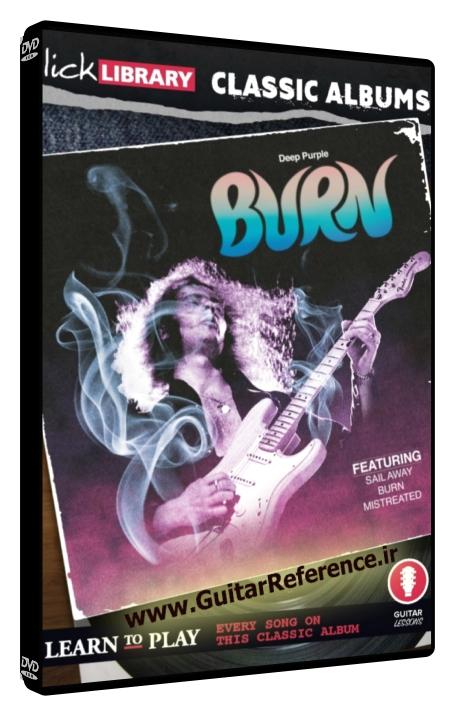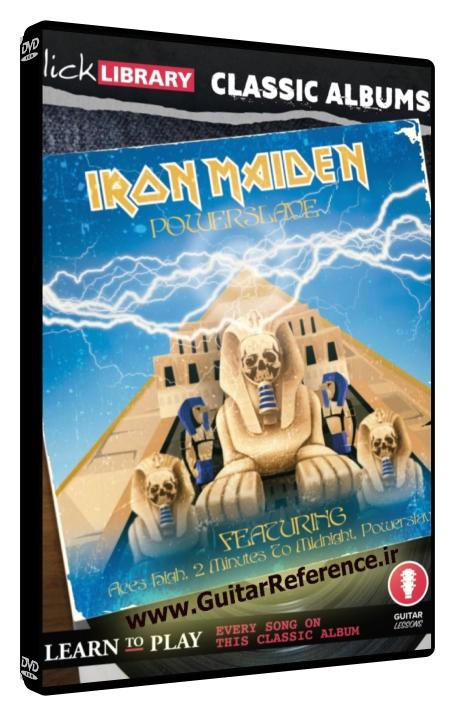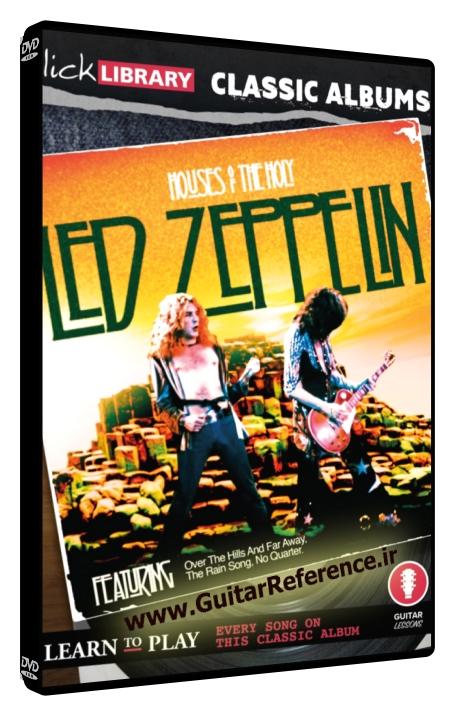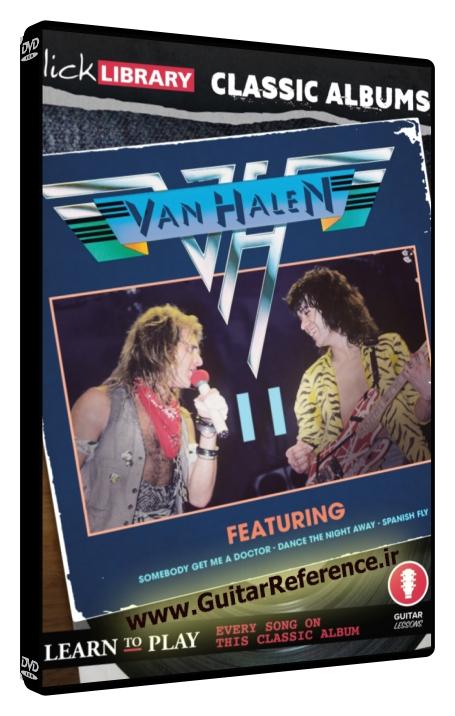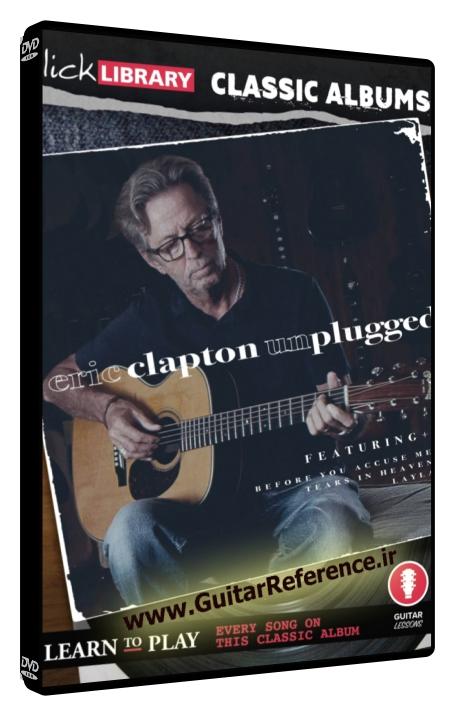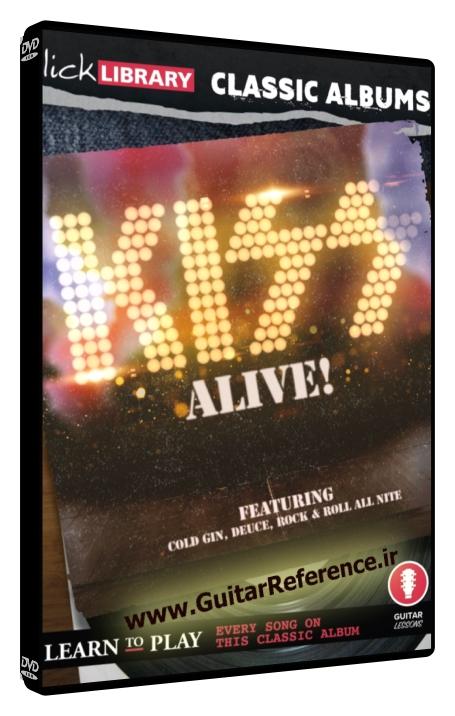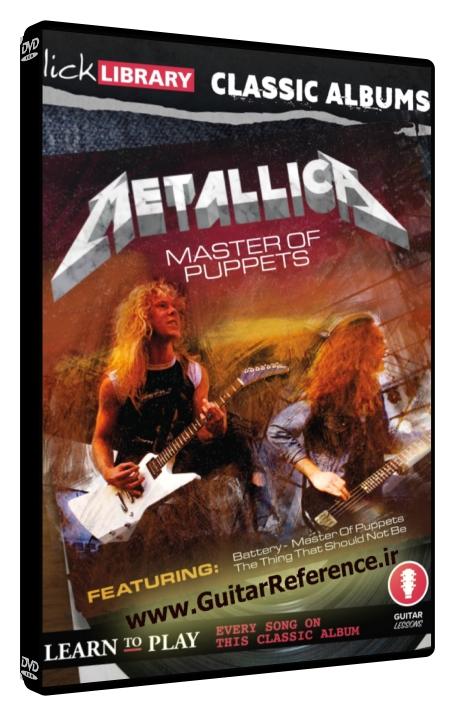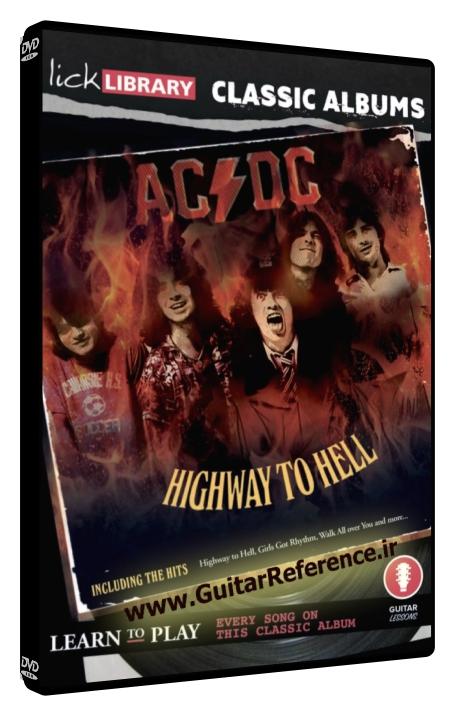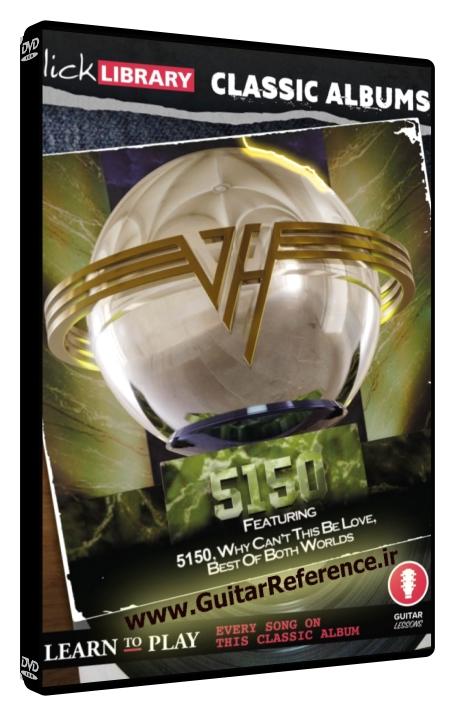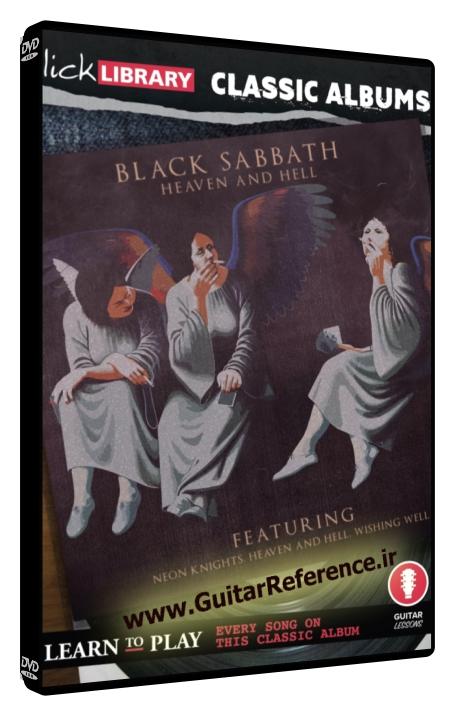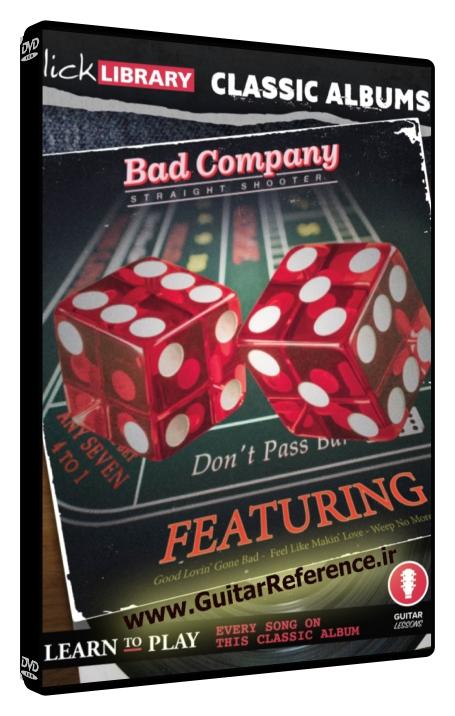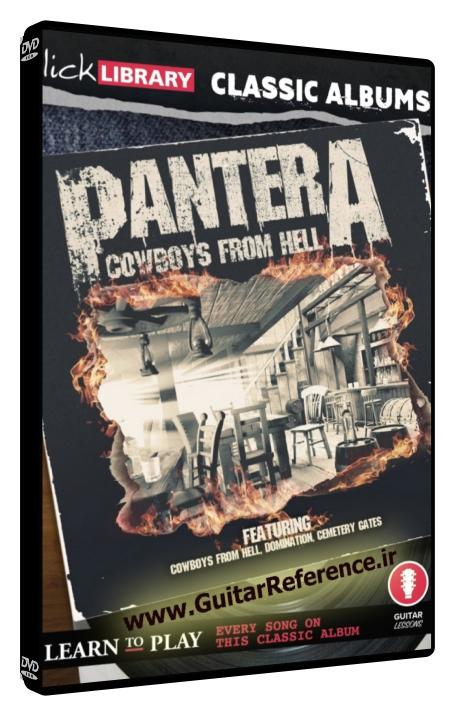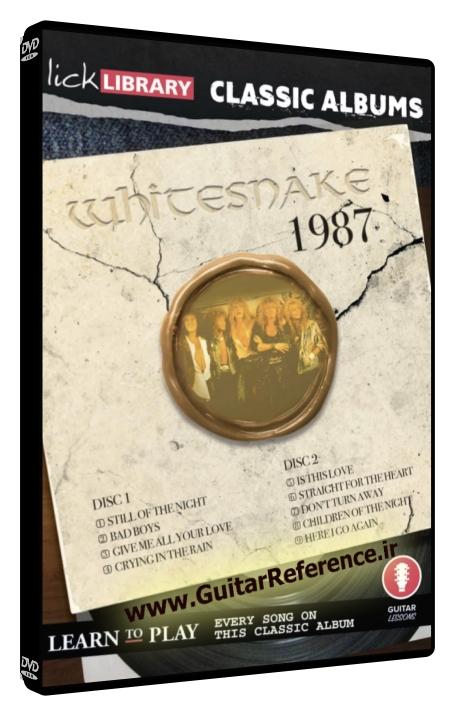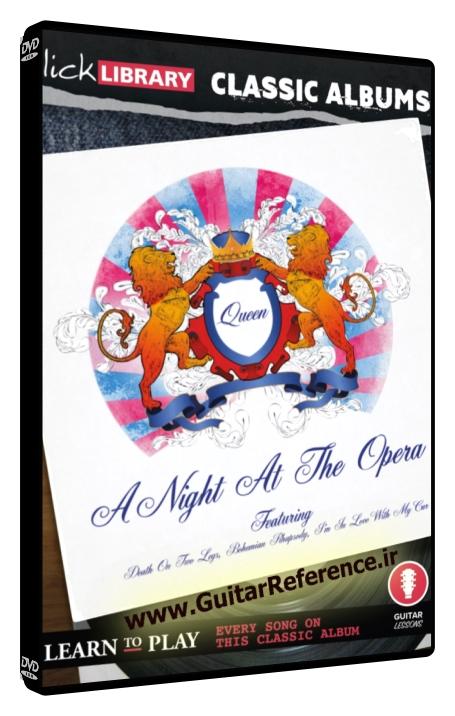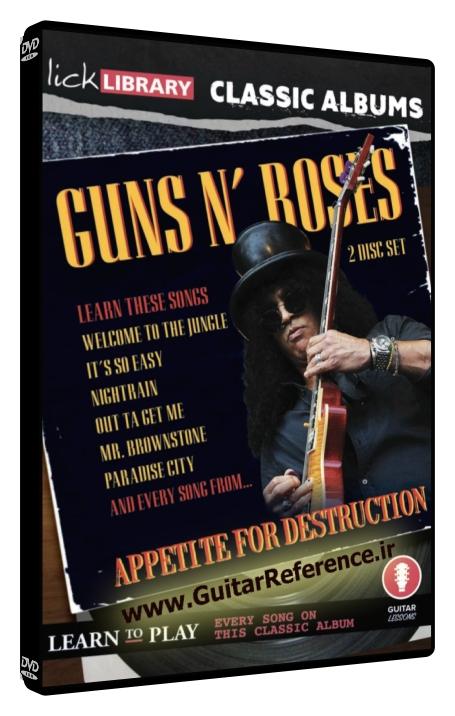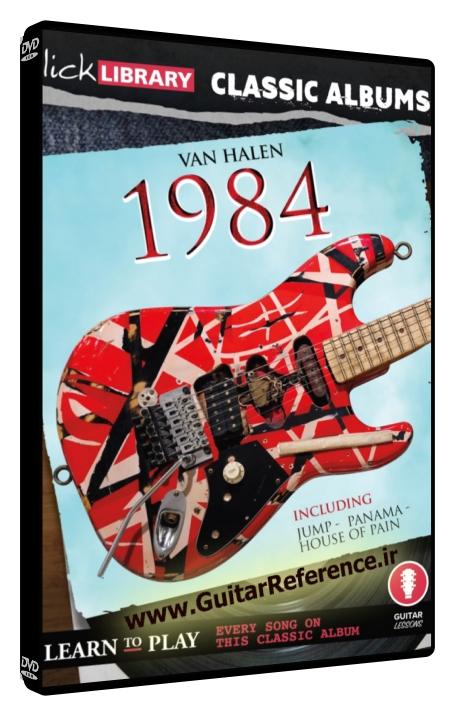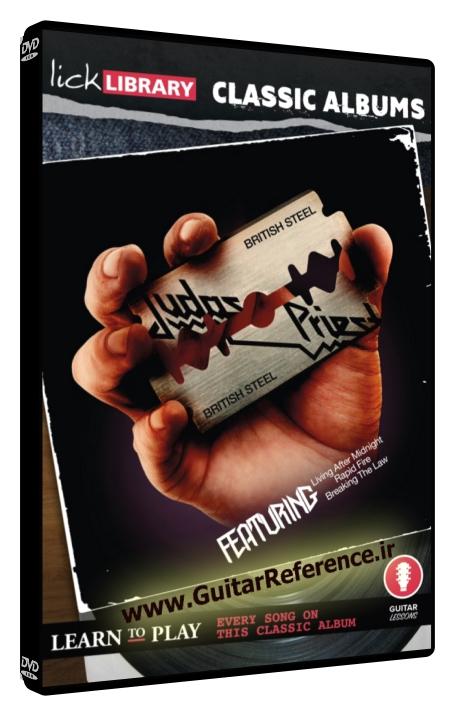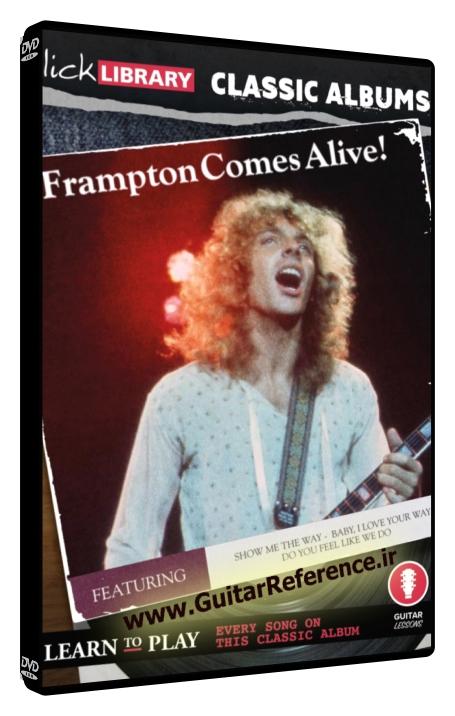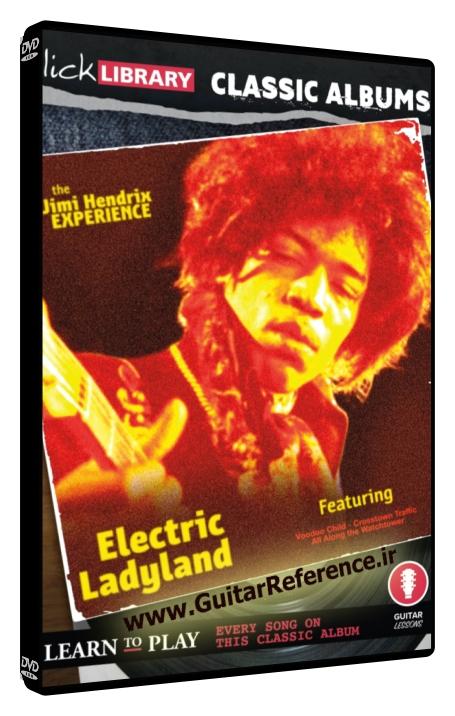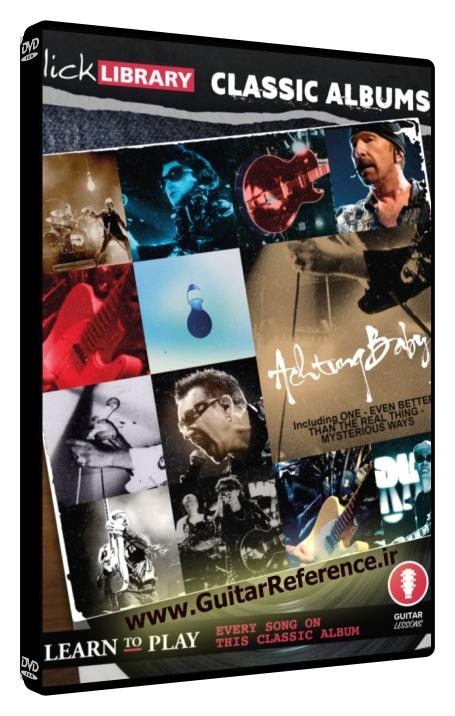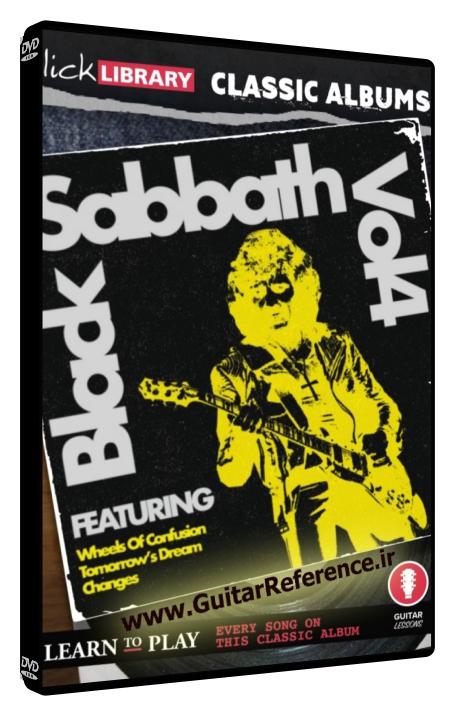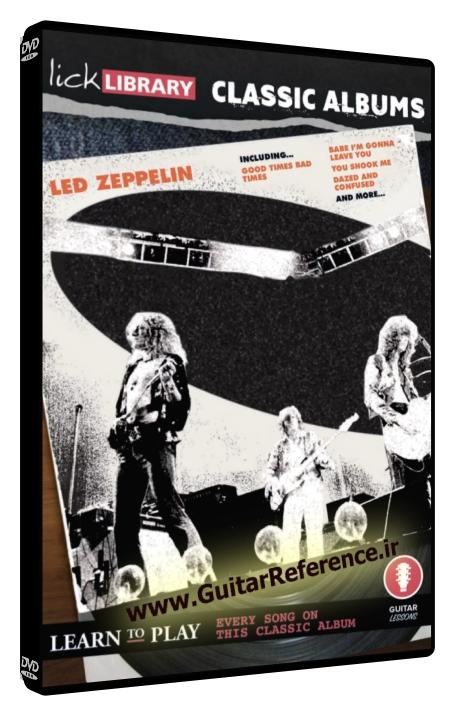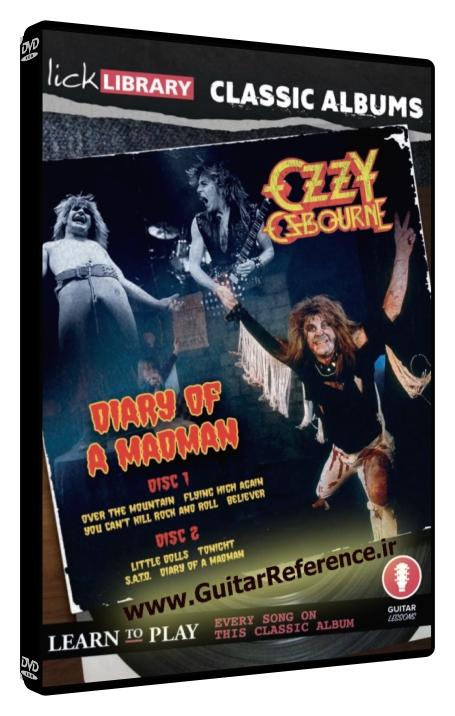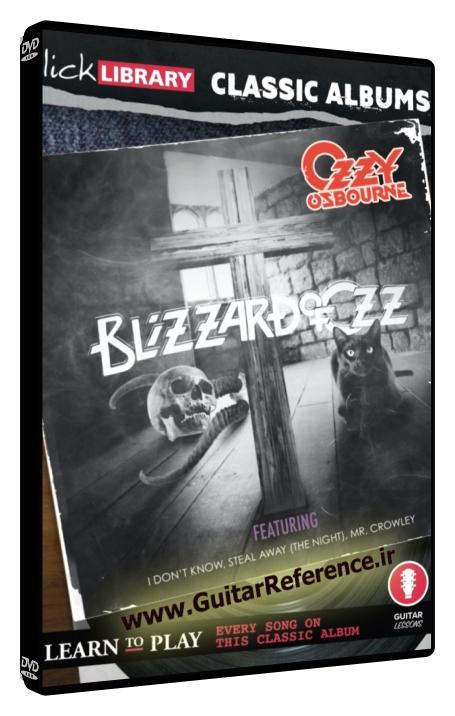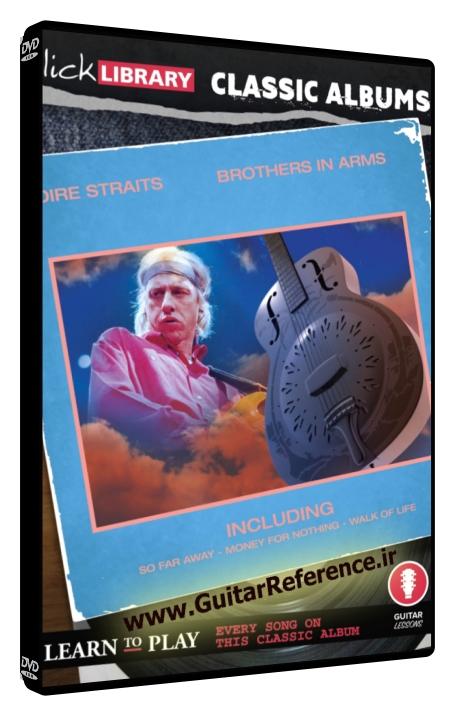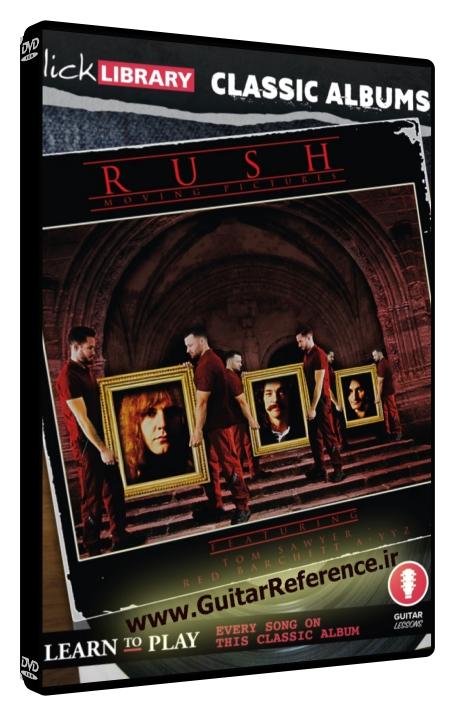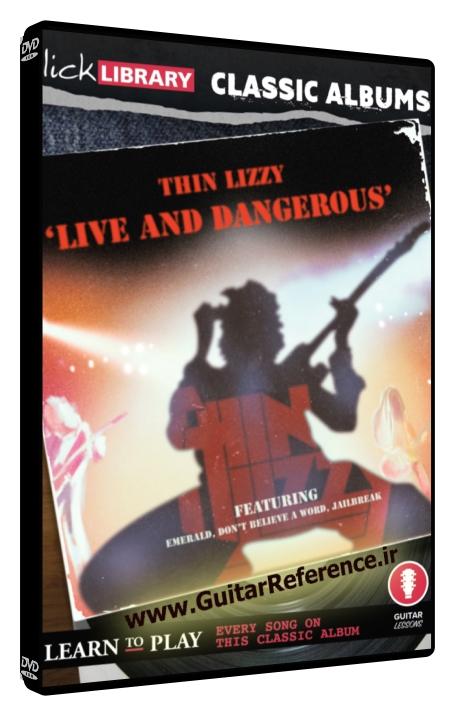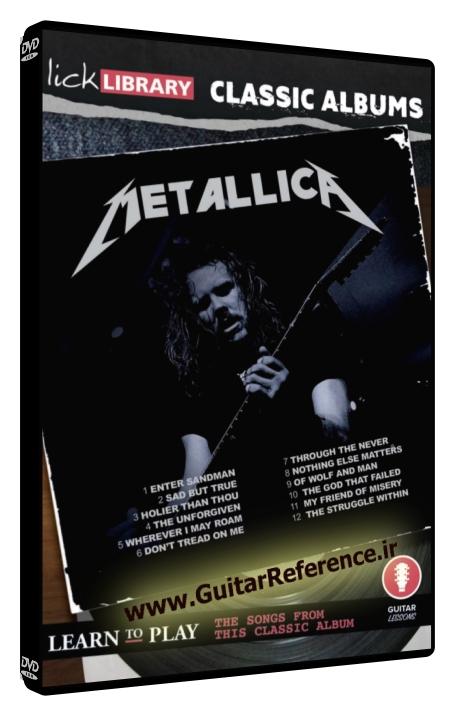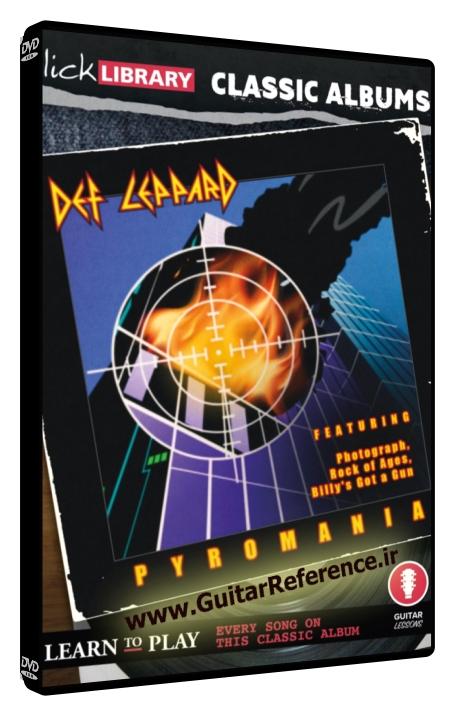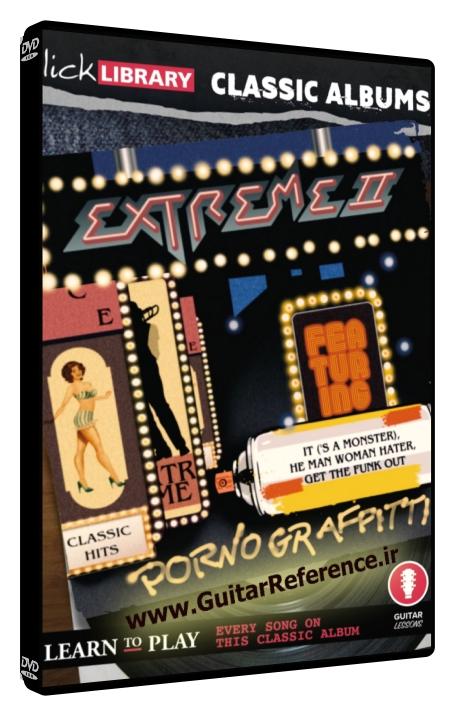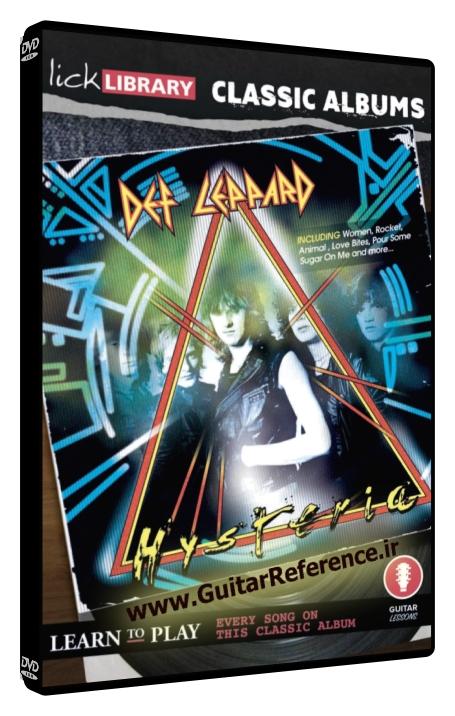Classic Albums – Fandango (ZZ Top)
by Danny Gill
Product Size: 1.74 GB (WEBRIP)
37.99 $ 3.99 $
Description
Fandango by ZZ Top – A Guitarist’s Analysis
The magic of Fandango, ZZ Top’s fourth studio album, lies not only in its bluesy overtones but also in its unique fusion of live and studio recordings, a guitar-driven innovation that reveals the artistic prowess of lead guitarist Billy Gibbons.
Released in April 1975, Fandango! is the fourth album release from blues-rock giants ZZ Top. A half-studio, half-live recording, Fandango! produced the band’s first Top 40 single (“Tush”) and showcases the band’s exceptional skills on stage, captured in the New Orleans nightclub The Warehouse.
In this course, LickLibrary veteran, Danny Gill walks you through the many highlights of each song from this blues-rock masterclass, including all of Billy Gibbons’ driving guitar parts from the tracks; “Tush,” “Heard It On The X” and the epic live cut “Jailhouse Rock.”
Guitar Lessons in This Course
• Thunderbird
• Jailhouse Rock
• Backdoor Medley
• Nasty Dogs and Funky Kings
• Blue Jean Blues
• Balinese
• Mexican Blackbird
• Heard It On The X
• Tush
Guitar Lesson 1: Thunderbird
Opening with a studio track, “Thunderbird,” we’re introduced to Gibbons’ blues-infused guitar playing. Rooted in the E minor pentatonic scale, the song prominently features string bending, a vital technique in creating that bluesy sound. The solo brims with unison bends and slides, demonstrating Gibbons’ expressive lead style.
Guitar Lesson 2: Jailhouse Rock
The live version of “Jailhouse Rock” showcases a classic rock ‘n’ roll vibe. Gibbons employs a straightforward A major scale throughout the song, with alternate picking techniques energizing the song. The solo is an exercise in restraint, balancing between the major scale and its pentatonic cousin, while still maintaining that raw, live energy.
Guitar Lesson 3: Backdoor Medley
“Backdoor Medley” is a mix of slow blues and up-tempo boogie, heavily leveraging the E blues scale. The medley’s diverse nature allows Gibbons to exhibit a range of techniques from legato runs to double-stop bends. A notable aspect is the use of syncopated rhythms in the rhythm guitar parts, adding a rich texture to the medley.
Guitar Lesson 4: Nasty Dogs and Funky Kings
In “Nasty Dogs and Funky Kings,” the band dips their toes into funk territory. This song in the C minor pentatonic scale features power chords and palm-muting to drive the rhythm section. Gibbons’ solo here is an exquisite blend of pinched harmonics and rapid pull-offs.
Guitar Lesson 5: Blue Jean Blues
“Blue Jean Blues” is a slow tempo blues song in the key of B minor. The blues scale is used to evoke a somber, introspective mood. The lead guitar employs pre-bends and hammer-ons throughout the solo. Gibbons’ use of vibrato adds a stirring, emotional depth to the melody.
Guitar Lesson 6: Balinese
“Balinese” is a light-hearted number with a country twang. The song, centered around the G major scale, makes good use of double-stops and open-string riffs to establish its breezy, up-tempo mood.
Guitar Lesson 7: Mexican Blackbird
In “Mexican Blackbird,” Gibbons switches to the A major pentatonic scale, incorporating power chords and barre chords in the rhythm guitar parts. The solo features Gibbons’ deft handling of slides and pull-offs, accentuating the song’s sunny disposition.
Guitar Lesson 8: Heard It on the X
“Heard It on the X” employs an E major pentatonic scale. Gibbons showcases his unique touch with pinched harmonics and rhythmic power chords in the verses, elevating the song’s infectious groove.
Guitar Lesson 9: Tush
The album closes with “Tush,” a boogie anthem in G major. Gibbons’ solo, rooted in the blues scale, is a masterclass in legato and string bending techniques. The memorable, rhythmic power chords form the backbone of this iconic song.
In Fandango, Billy Gibbons shows his mastery over his guitar, imbuing every track with his distinctive blues-rock style. His contribution to the album is phenomenal, expertly leveraging a multitude of techniques to deliver an exceptional listening experience for guitar enthusiasts.
Techniques Used in the Album
• Vibrato
• Alternate picking
• Legato
• Double-stop bends
• Unison bends
• Pinched harmonics
• Syncopated rhythms
• Power chords
• Palm-muting
• Pull-offs
• Pre-bends
• Hammer-ons
• Double-stops
• Slides
• Open-string riffs
• Barre chords


